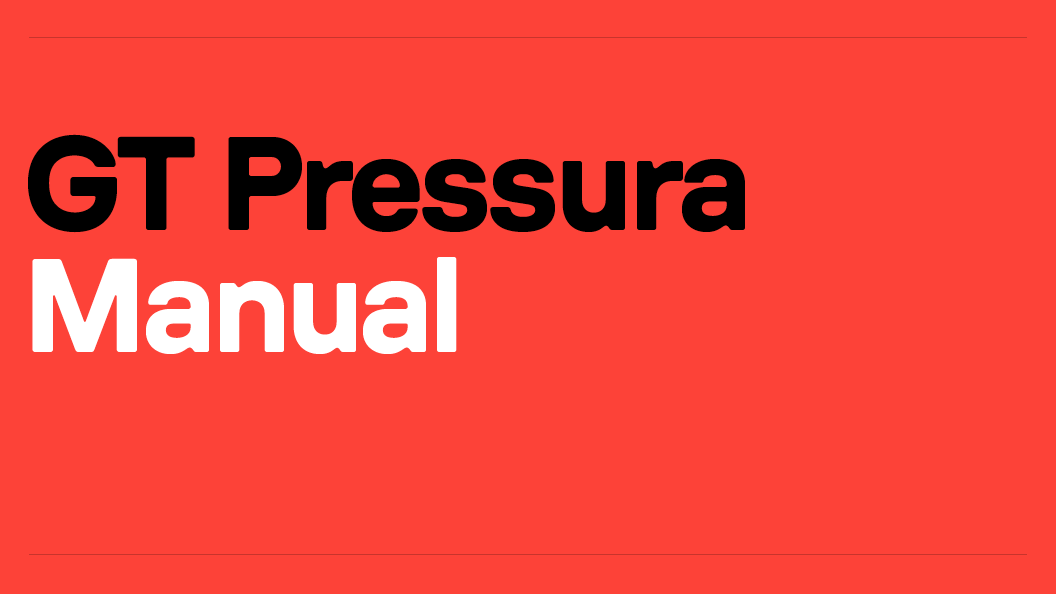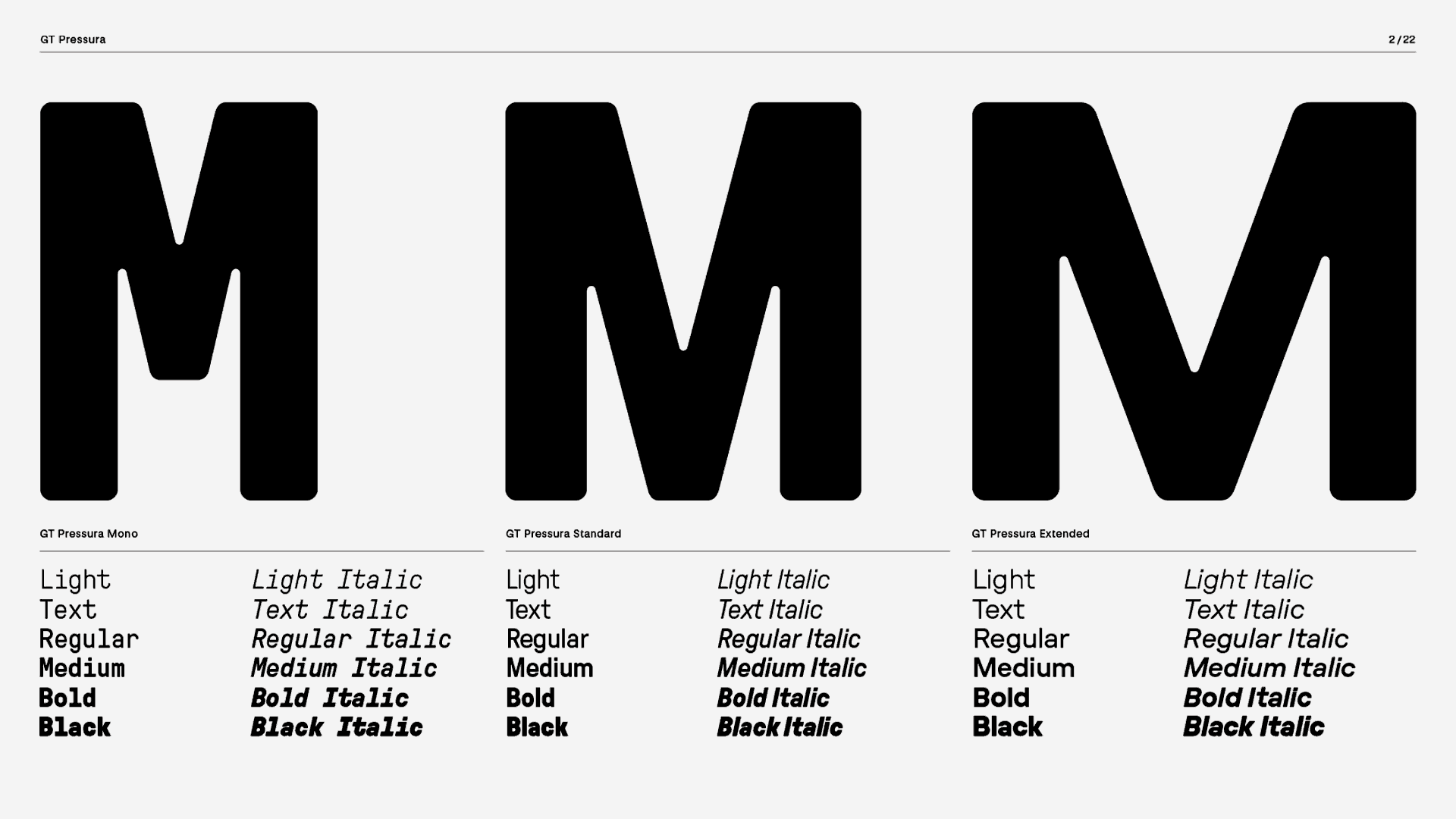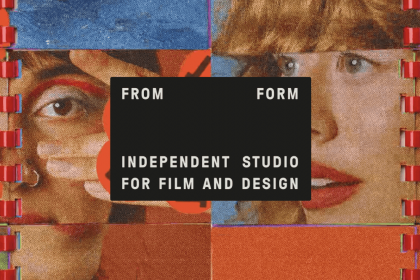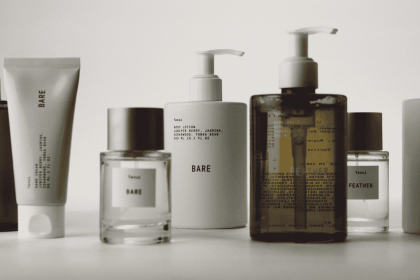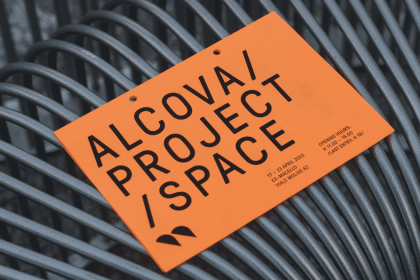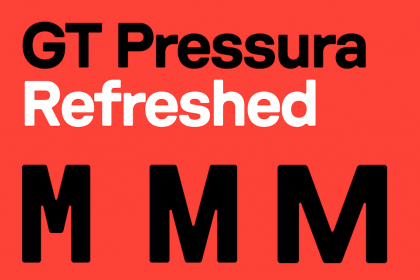GT Pressura
Family overview
- Standard
- Light Italic
- Text Italic
- Regular Italic
- Medium Italic
- Bold Italic
- Black Italic
- Mono
- Light Italic
- Text Italic
- Regular Italic
- Medium Italic
- Bold Italic
- Black Italic
- Extended
- Light Italic
- Text Italic
- Regular Italic
- Medium Italic
- Bold Italic
- Black Italic
Subfamilies
- Standard LightIntermodal containers are primarily used to store and transport materials and products efficiently and securely in the global containerized intermodal freight transport system, but smaller numbers are in regional use as well.
- Standard Light ItalicConstruction of these containers had a steel frame with wooden walls, floor, roof and doors. The first international standard for containers was established by the Bureau International
- Standard TextDo Not Freeze, 6" x 4" Paper Shipping Label, 500 Labels/Roll, Paper Labels [DE-GLOSS]
- Standard Text ItalicIn 1948 the U.S. Army Transportation Corps developed the "Transporter", a rigid, corrugated steel container, able to carry 9,000 pounds (4,100 kg).
- Standard RegularUnited States Postal Service 475 L’Enfant Plaza SW, 20260-0004 Washington, D.C., US
- Standard Regular ItalicΟι εγκαταστάσεις αυτές ονομάζονται διεθνώς Κοντέινερς τέρμιναλς.
- Standard MediumKeep coming up with love but it’s so slashed and torn
- Standard Medium ItalicIn 2010 containers accounted for 60% of the world's seaborne trade. The predominant alternative methods of transport carry bulk cargo – whether gaseous,
- Standard BoldBy the 1830s, railways on several continents were carrying containers that could be transferred to other modes of transport.
- Standard Bold ItalicUnder pressure
- Standard BlackТрошкина в группу бывших подельников Доцента: глуповатых, но в общем славных растяп, которым не повезло в жизни.
- Standard Black ItalicPressing down on you
- Settings
Typeface information
GT Pressura is inspired by metal type printing history as well as engineered letters stamped onto shipping boxes. It uses the visual gesture of ink spreading under pressure as a stylistic device, offering an alternative to more spindly typefaces of the digital age.
Typeface features
OpenType features enable smart typography. You can use these features in most Desktop applications, on the web, and in your mobile apps. Each typeface contains different features. Below are the most important features included in GT Pressura’s fonts:
- TNUM
- Tabular Figures
13.07.2048
- SS01
- Alternate a
React
- CASE
- Case sensitive forms
¿TE GUSTA?
Typeface Minisite
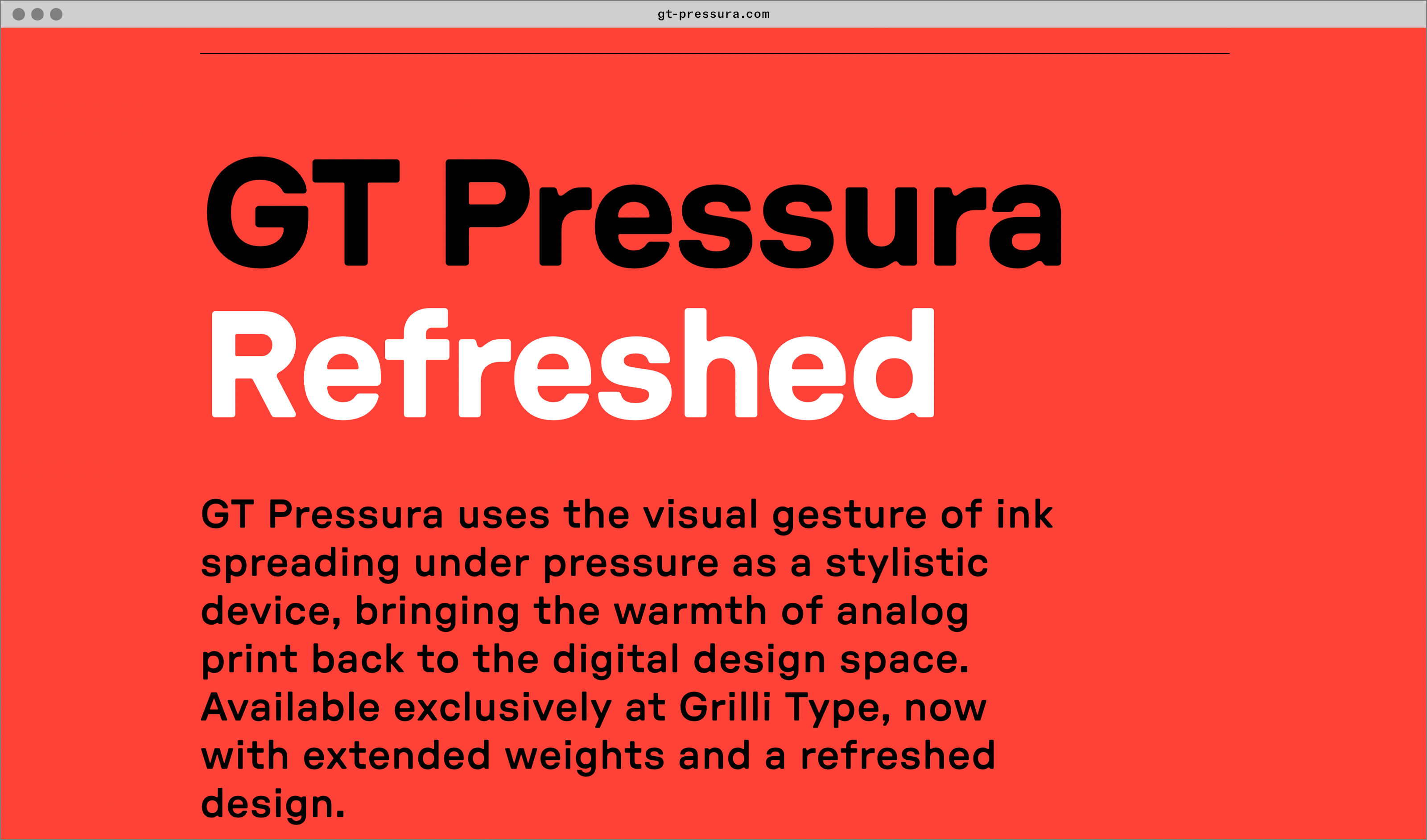
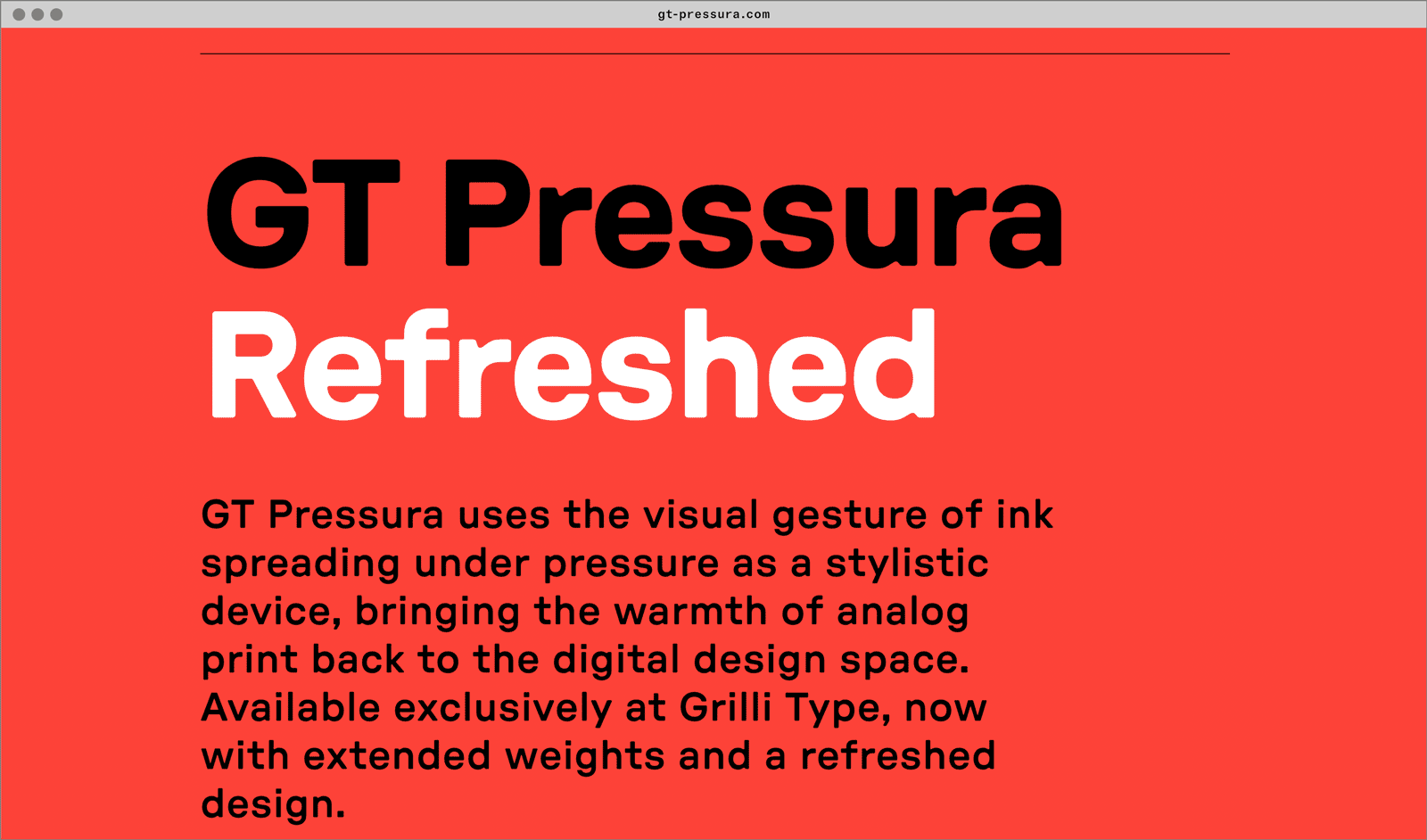
- Visit the GT Pressura minisite to discover more about the typeface family’s history and design concept.
GT Pressura in use
